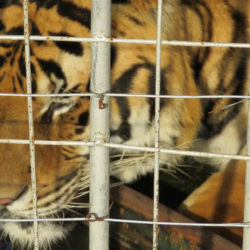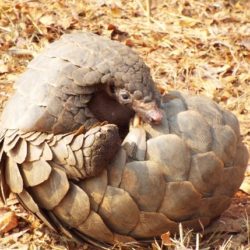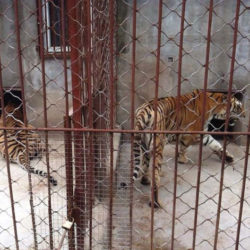
On International Leopard Day, these shy big cats need us to end their commercial exploitation
As a species, leopards are adaptable and built to endure – we should be giving them the best chance of doing so



As a species, leopards are adaptable and built to endure – we should be giving them the best chance of doing so

As China’s amended Wildlife Protection Law comes into effect, EIA reiterates its concerns about the law’s encouragement and allowance of the utilisation of threatened wild animals for commercial purposes

There remains a tough uphill battle to secure a future for pangolins, although there is already a strong foundation built on the backs of other conservation successes

To use or not to use? That’s the question when it comes to wildlife protection policies.

After almost two years of silence, the Chinese Government finally released a second revision of its draft Wildlife Protection Law in September for public consultation

On Friday 13 May, EIA posted an alert on social media about China considering a comprehensive ban on the use and sale of tiger and rhino parts in relation to a public consultation on the Measures for the Management of the Special Marking System for National Key Protected Terrestrial Wild Animals and Products thereof by […]